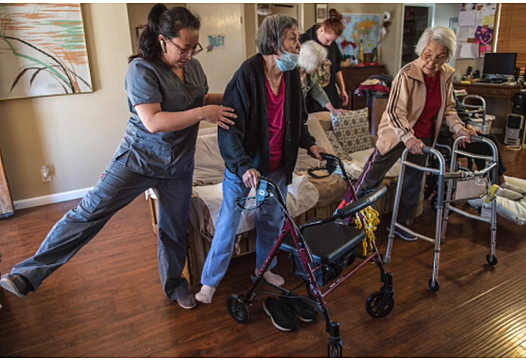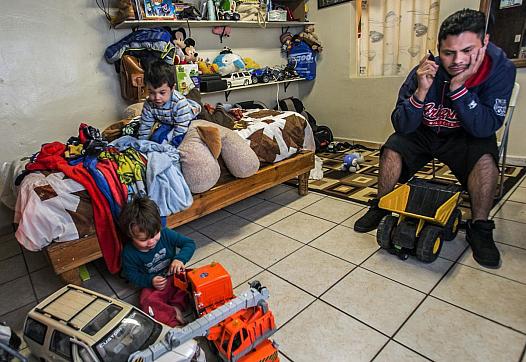
Looking for story leads on the underlying factors driving health in your community? The 2018 County Health Rankings offer a wealth of datapoints on what influences a community’s health.

Looking for story leads on the underlying factors driving health in your community? The 2018 County Health Rankings offer a wealth of datapoints on what influences a community’s health.

This reporting is supported by the University of Southern California Center for Health Journalism National Fellowship.

It’s hard to imagine a more urgent time than this one, when it comes to supporting great journalism on the health challenges facing Californians.

Tremendous uncertainty exists over how a state-based single-payer system would work, but no matter how it's crafted, the costs would be steep.
![[Photo by Mark Dixon via Flickr.]](/sites/default/files/styles/teaser_list_thumbnail_large/public/title_images/unnamed_169.jpg?itok=CVQDefsD)
The Clean Air Act’s impact has been greatest on those who live next to industry and highways, where toxic emissions are highest. Such “fence-line communities” typically harbor poorer people and minorities.

Perla Trevizo is a recipient of the University of Southern California Annenberg Center's Fund for Journalism on Child Well-being.
Other stories in this series can be found here.

Perla Trevizo is a recipient of the University of Southern California Annenberg Center's Fund for Journalism on Child Well-being.
Other stories in this series can be found here.

Perla Trevizo is a recipient of the University of Southern California Annenberg Center's Fund for Journalism on Child Well-being.

Perla Trevizo is a recipient of the University of Southern California Annenberg Center's Fund for Journalism on Child Well-being.
Other stories in this series can be found here.

Perla Trevizo is a recipient of the University of Southern California Annenberg Center's Fund for Journalism on Child Well-being.